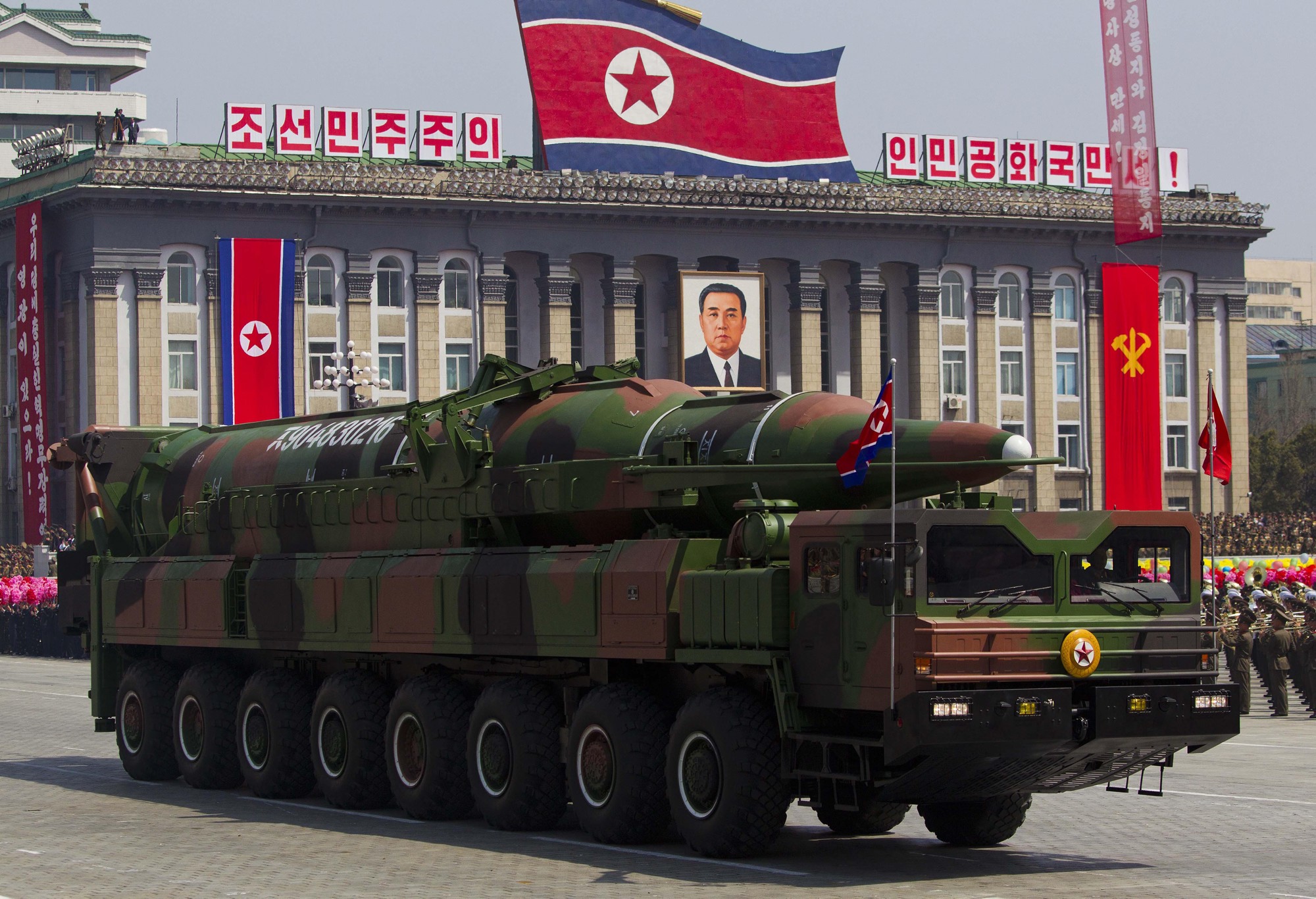While the recent Defense Intelligence Agency assessment that North Korea has mastered the miniaturization process highlights recent advances in North Korea’s nuclear weapons and missile program, a number of key technological obstacles remain before Pyongyang can field a reliable nuclear arsenal. Even if North Korea has in fact constructed a nuclear device small enough to fit into a ballistic missile, that does not guarantee that the nuclear device — or the ballistic missile for that matter — would survive re-entry into the Earth’s atmosphere or detonate at the desired time, place and altitude.
Analysis
According to a passage from a classified March 2013 Defense Intelligence Agency report that was mistakenly read before the U.S. House Armed Services Committee on April 11, North Korea has made greater progress in its nuclear weapons program than previously thought. Specifically, the Defense Intelligence Agency believes with moderate confidence that North Korea “currently has nuclear weapons capable of delivery by ballistic missiles.” This assessment contained the caveat that the missiles’ reliability remains low.
The U.S. intelligence community, the Pentagon and the Obama administration quickly sought to clarify the report. Director of National Intelligence James Clapper said the agency’s report did not represent the view of the broader U.S. intelligence community, while Secretary of State John Kerry stressed that the assessment did not reference a demonstrated capability.
Even so, the report does highlight progress made in North Korea’s nuclear weapons and missile program in the last few years. In 2005, then-Defense Intelligence Agency chief Lowell Jacoby said that in his assessment, North Korea would eventually gain the ability to arm a missile with a nuclear device. Assuming the agency’s current assessment is correct, mastering or at least resolving the miniaturization process marks a key step forward. It does not, however, mean Pyongyang possesses a reliable nuclear arsenal.
For one, as Pentagon press secretary George Little indicated, North Korea has not tested a missile carrying a simulated nuclear warhead. This means Pyongyang is still far from a demonstrated nuclear missile capability. Achieving such a capability would require repeated testing of missiles to iron out the kinks that inevitably crop up. No ballistic missile has ever become fully operational without significant testing.
Pyongyang has not even tested its KN-08 intercontinental ballistic missiles. Both the KN-08 and the Musudan intermediate-range ballistic missile are road-mobile missiles carried on transporter erector launchers, which makes tracking them more difficult than tracking missiles launched from stationary launchpads.
Still, North Korea has demonstrated some progress on its missile program. The successful test of the Unha-3 satellite launch vehicle in December 2012 proved Pyongyang can successfully launch a long-range missile. But one success does not mean future missile launches will not fail. Furthermore, even if North Korea constructed a nuclear device small enough to fit into a ballistic missile, this would provide no guarantee that the nuclear device would survive re-entry and detonate as programmed.
By themselves, the tests are a key component of North Korea’s survival strategy. But Pyongyang also must carry out more missile and nuclear tests to enhance the reliability of its incipient nuclear arsenal. This explains why the impending Musudan missile test and other North Korean missile tests concern the United States and its allies — like many of North Korea’s previous missile tests, these too may fail, but failure is a key part of the learning process.

